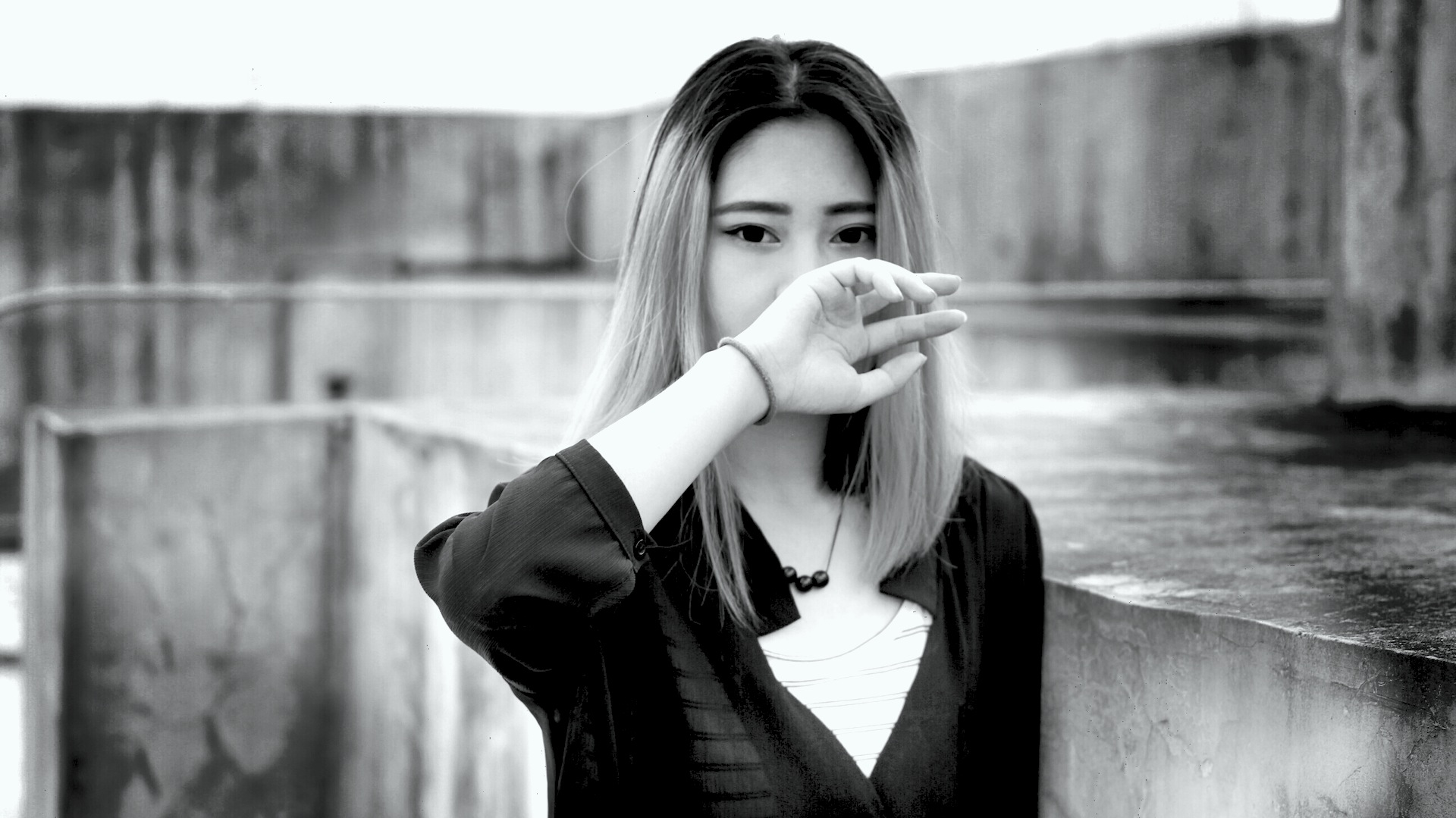
14 Jul How Exactly Do You Go Grey?
We’ve all seen the gorgeous images of grey haired women, both young and old, rocking their silver locks in style and here at CHILD we’re LOVING the embrace. But, when the question arose about how exactly to make this happen, we were all stumped, despite more than half of our editorial team sporting some silver streaks.
So we reached out to Salon Manager Natalie Hole from Our Place Salon because rumour has it she’s helped a few foxes turn silver in her time.
Why do you think women are choosing to go grey?
We have clients who are currently visiting the salon anywhere from every two to six weeks to cover their roots, depending on the percentage of white hair and the amount they worry about people seeing the greys.
For a lot of these clients, we’ve been gradually lightening the base colour we use to give a better blend when the natural root grows through. This buys them more time between visits. A few clients also use the various powder root cover ups to keep them going in between salon visits, but it’s still very time consuming.
So how do you start the going grey process?
Step one: When a client decides to go natural, we feel the best way to start the process is to get a bit of a decent regrowth and then have lowlights (darker streaks) through the roots to mach the colour of the ends, this blends the whole look together.
Step two: As the regrowth comes through, we gradually put less lowlights on each time to then end up with the natural colour. In some cases, we’ve also put lighter streaks through the ends of the hair, which are then toned to achieve that great ash tone of the natural grey. This is often one of the issues clients have when growing out the colour – the old colour on the ends looks much warmer than the natural root colour. But toners can easily be used to neutralise this effect.
Step three: The haircut is king. We believe it’s really important to have a very stylish haircut both during and after the growing out process. It can help to trim off that old colour and to keep the client looking and feeling fresh and modern. It can also help detract from the slight difference in colour while there is one.
Other things to consider: The new hair colour will probably mean they may need to reassess their make up and even clothing colours. But the good news is that the natural hair colour will usually suit their skin tone much more than the previous colour, because as we get older our skin tone lightens anyway.
*This process is written from the perspective of growing out a dark hair colour, the process is similar but much easier if you’re starting out with a blonde colour.
Like this article? Check out our 7 hacks for low-maintenance mums, and these dresses to help slay the school run.
Images by Sarah Harris, Miss Bo, Annika Von Holdt, Nicola Griffin


